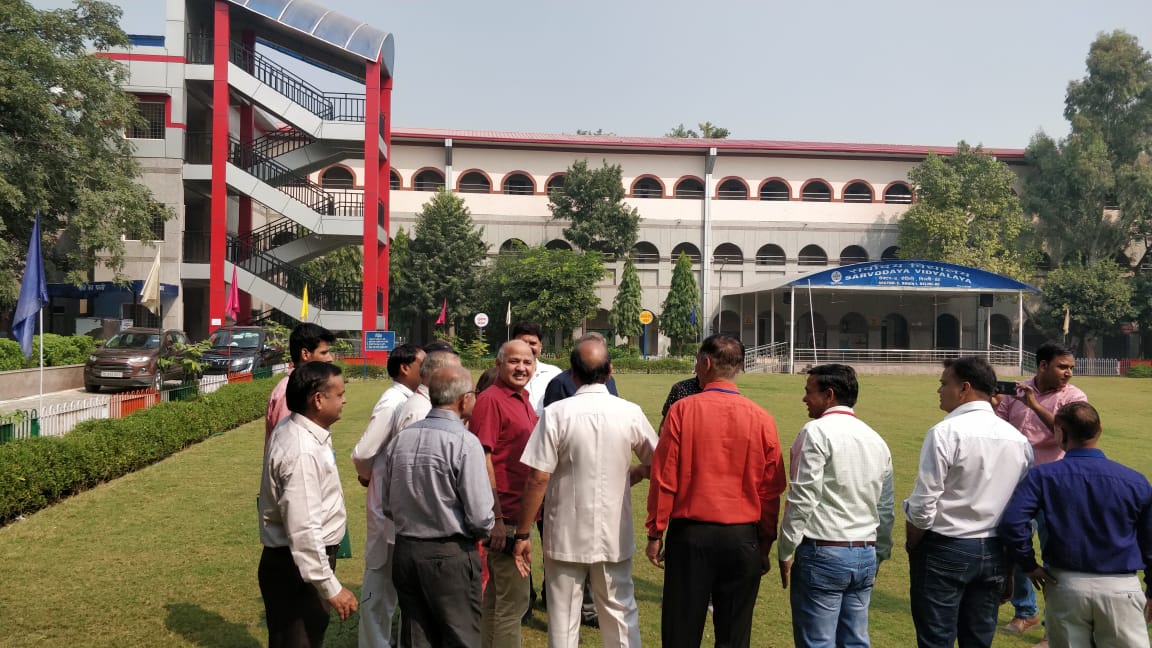
More specifically, in this paper: i) we introduce the OGM concept and explain how, by means of a collective agent representing a group of objects as whole, it is possible to reduce signaling traffic and improve accuracy in object localization ii) we derive an analytical framework to assess the advantages of the proposed approach iii) we validate the analytical framework through extensive simulations. OGM can be exploited to reduce signaling traffic and to improve the accuracy of object localization. The major contributions of this paper are based on a simple evidence: in most IoT scenarios several objects move together as they are carried by a human or a vehicle, i.e., a phenomenon that we refer to as object group mobility (OGM) naturally emerges. Unfortunately, the huge number of mobile objects which will be included in the IoT can result in a significant amount of signaling traffic for the purpose of location discovery and update. In the Internet of Things (IoT) localization of objects is crucial for both information delivery and support of contextaware services. Results demonstrate that transport layer-based mobility solution performs better than network layer-based protocol when the handing off between heterogeneous-capacity networks. Using experimental testbed, we have presented a detailed performance evaluation of these two multihomed NEMO protocols. In this work, we compare the performance of two multi-homed network mobility protocols that exploits make-before-break strategy to ensure seamless handover for NEMO. Previous works have not evaluated and compared the performance of multi-homed network mobility protocols that work in two different layers: network layer and transport layer. Multi-homed network mobility solutions can facilitate seamless handover of mobile networks by making use of multiple network interfaces of NEMO. However, basic NEMO suffers from large delay and packet loss and fails to ensure seamless handover. Network mobility (NEMO) protocols are required to maintain connectivity of ongoing sessions for mobile networks that can be formed in bus, train, aircrafts with a wide variety of on-board IP-enabled devices. Along the way we highlight the advantages and disadvantages of existing NEMO security protocols, evaluate them, and discuss open research issues. This survey also provides an in-depth and categorized description of various security protocols and key management techniques which are specifically targeted for NEMO. These attacks can affect the integrity and privacy of data. Major attacks in NEMO include bombing attack, redirection attack, denial of service attack, man-in-the-middle attack, replay attack, home agent poisoning attack etc. In this survey, we describe security requirements, issues, and attacks with their corresponding countermeasures in NEMO. So the requirements of extending Internet services in NEMO and use of optimized route between the MR and the CN have introduced several security threats in NEMO. Although the path between the MR and the HA is protected by IPSec tunnel, the path between the MR and CN, between the HA and CN, and between a mobile network node and the MR remains unprotected. However, these binding updates are vulnerable to different attacks as malicious users may send fabricated binding updates to fool the MR, the HA, and the CN.


Route optimization may be incorporated between the MR and the correspondent node (CN), by informing the HA and the CN about the MR’s current location through binding updates. The NEMO BSP uses a bidirectional tunnel between the mobile router (MR) and its home agent (HA) resulting in suboptimal routing.

The IETF has standardized network mobility (NEMO) basic support protocol (BSP) to extend Internet services to networks in motion such as in bus, trains etc.


 0 kommentar(er)
0 kommentar(er)
